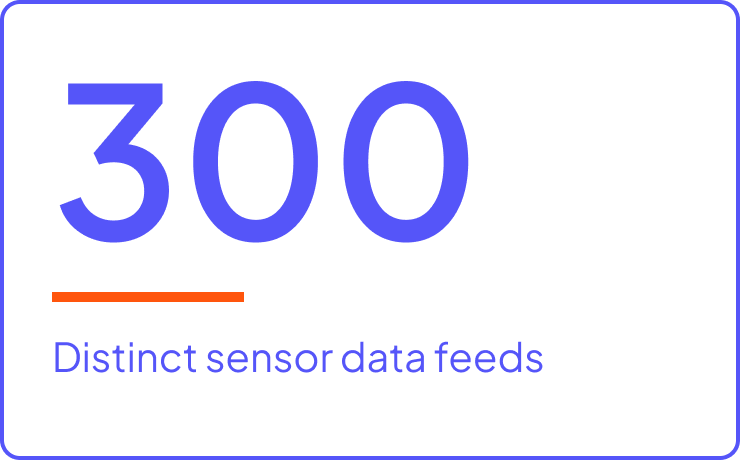

Key Highlights
Category
Automotive/Manufacturing
Location
Headquarters: Nanterre, France
Solution highlights
- Modern Data Platform: Cloudera Enterprise
- Workloads: Data Science & Engineering
- Key Components: Apache Spark, Apache Kafka
- Cloudera Professional Services
Applications supported
- IoT
- Predictive maintenance
- Business intelligence
Data sources
- Equipment controllers and sensors
Impact
- Lowers manufacturing costs by reducing unplanned downtime
- Improves product quality to help company meet zero-defect goals
- Provides real-time view of data for faster response
Global automotive supplier Faurecia is maximizing production uptime and improving product quality with an IoT-enabled platform from Cloudera.
Faurecia is a tier-one automotive supplier specializing in automotive seating, interior systems, and emission control technologies. The company has more than 300 sites in 35 countries, and serves some of the biggest automotive manufacturers, including Volkswagen, Ford, Renault-Nissan, and the PSA Group.
Challenge
Like many manufacturers, Faurecia wanted to maximize production uptime and reduce manufacturing defects. However, as Faurecia staff sought to incorporate real-time data from connected devices and machines at its sites, its relational databases couldn’t provide the scalability or performance required.
“Real-time data collection is key to gaining the manufacturing intelligence and predictive insights we need, and this is something we cannot achieve with traditional data management approaches,” said Jose Gascon, manager of Faurecia’s Core System team, which is responsible for the company’s enterprise architecture.
Solution
Working with Cloudera, Faurecia created an enterprise data hub for IoT that brings together and analyzes data from a variety of sources, including thousands of machines and millions of sensors, to help drive predictive maintenance and improve product quality.
The company collects, analyzes, and tracks more than 300 sensor data feeds, including temperature, pressure, and vibrations from machines, with data sometimes collected several times per second. This machine data is then combined with production and quality data to provide a comprehensive picture of operations.
“We can visualize machine operations from any worldwide location in real time and analyze the data to predict potential problems,” said Gascon.
Implementation
Faurecia staff view this modern data platform as the foundation for building a more data-driven company. In implementing the platform, the organization took a phased approach, focusing on a small number of use cases first, while creating an architecture that could support all aspects of operations. “This is an investment in a corporate platform,” said Gascon. “For example, with big data and Cloudera, machine learning can be utilized to help staff improve production forecasts. Ultimately, the idea is to have a corporate data lake for many use cases across the company, including for production, supply chain, and HR.”
Results
The move to IoT-enabled predictive maintenance has helped Faurecia reduce unplanned production downtime and maintenance costs.
The company has also been able to improve product quality and move closer to its goal of zero defects. “With the intelligence data we’ve gained, we can identify potential quality issues or defective parts and remove them from the manufacturing process earlier to reduce unnecessary labor costs and materials.”
Ultimately, Gascon sees Faurecia’s IoT-enabled platform as a key to improving not only the manufacturing process, but also product innovation. “We are applying all this knowledge around the Internet of Things into the cockpit of the future program, so we can work in the self-driving vehicle and provide a better experience for the driver and passengers,” said Gascon.
